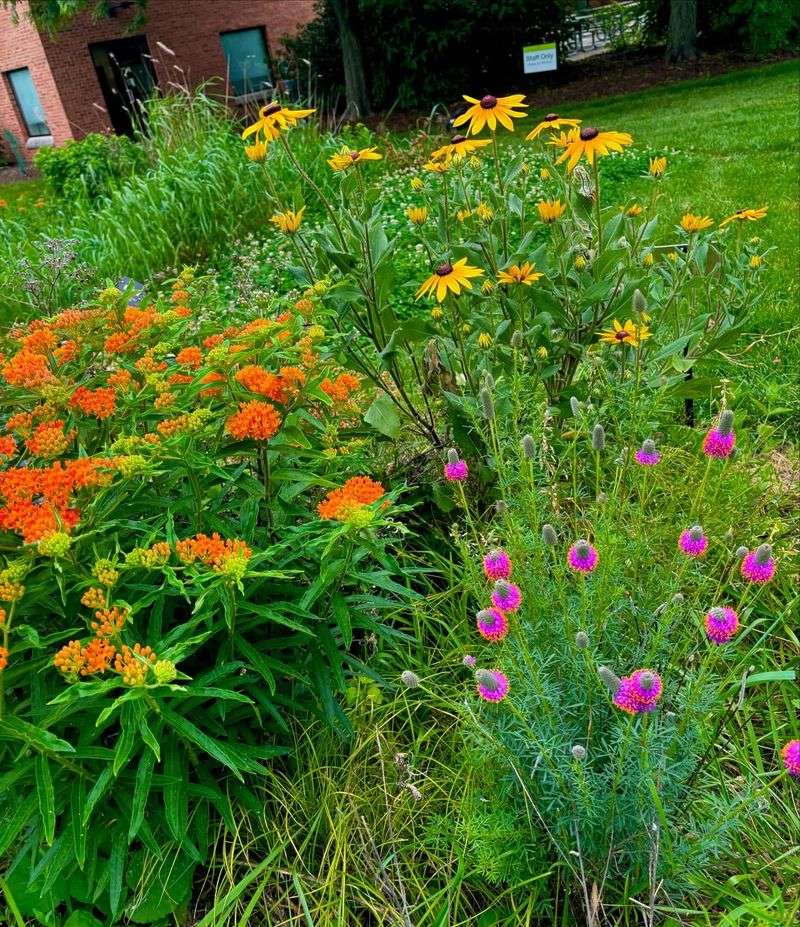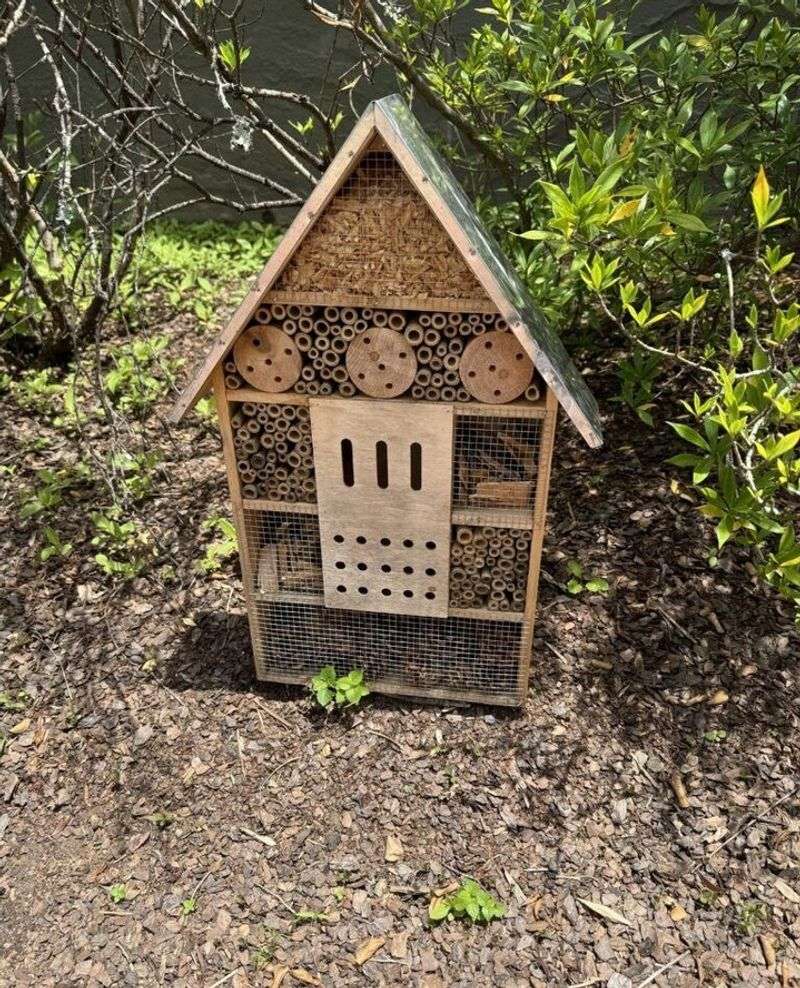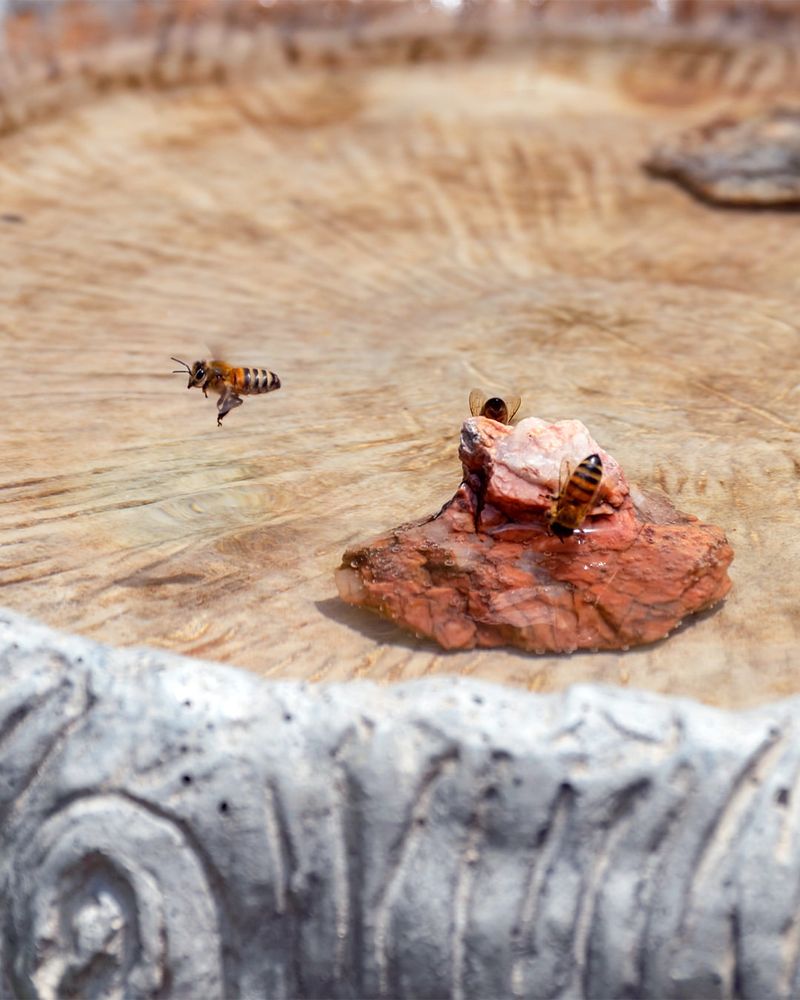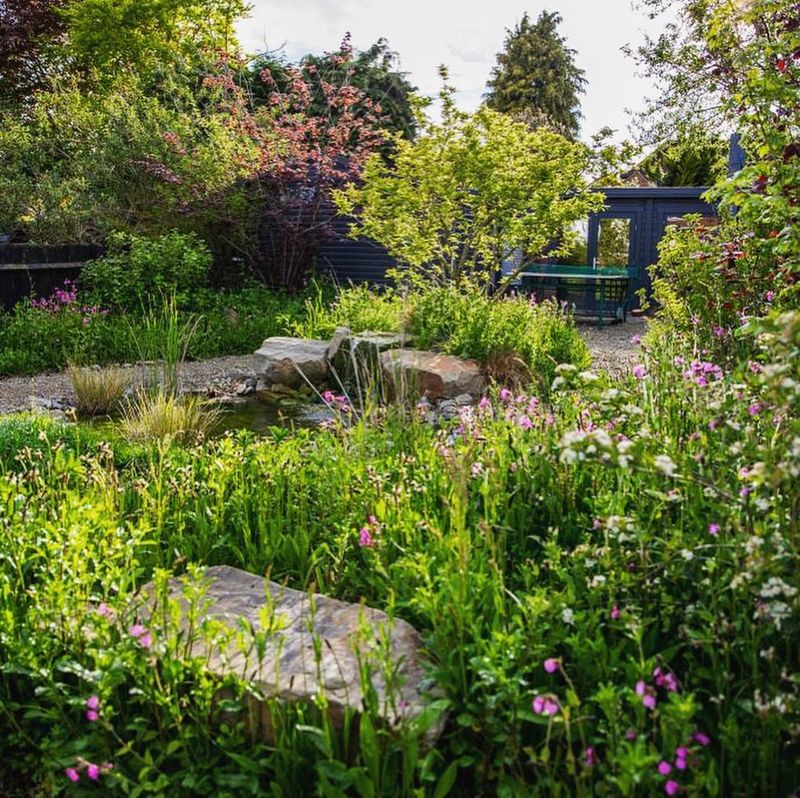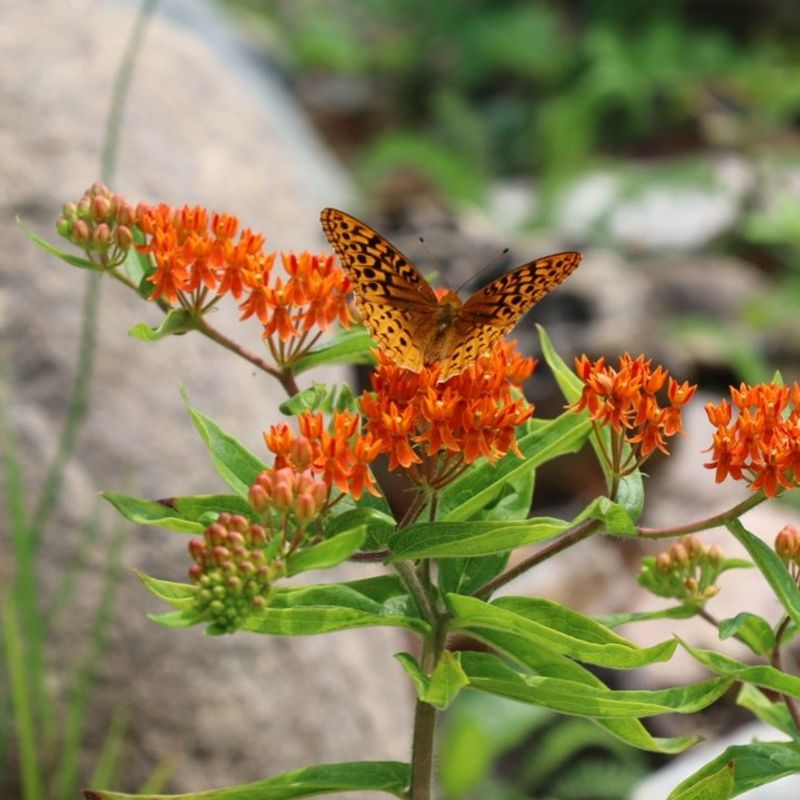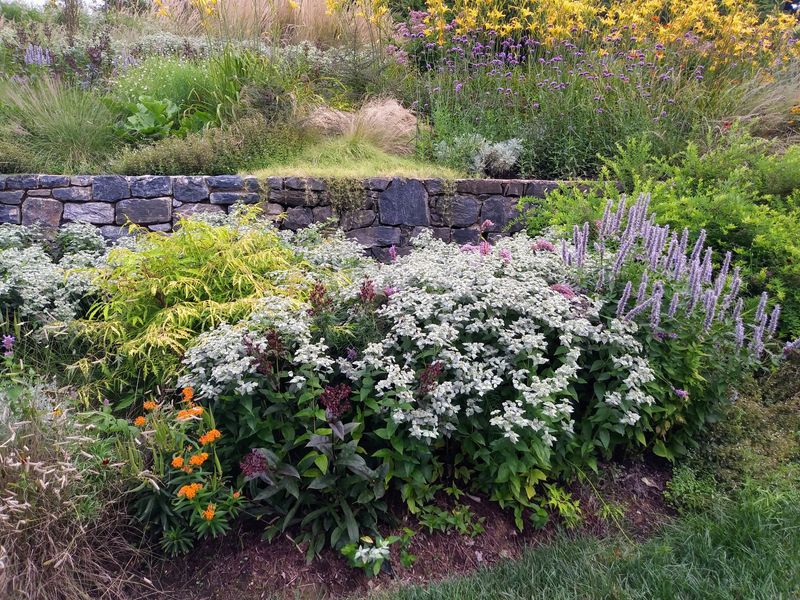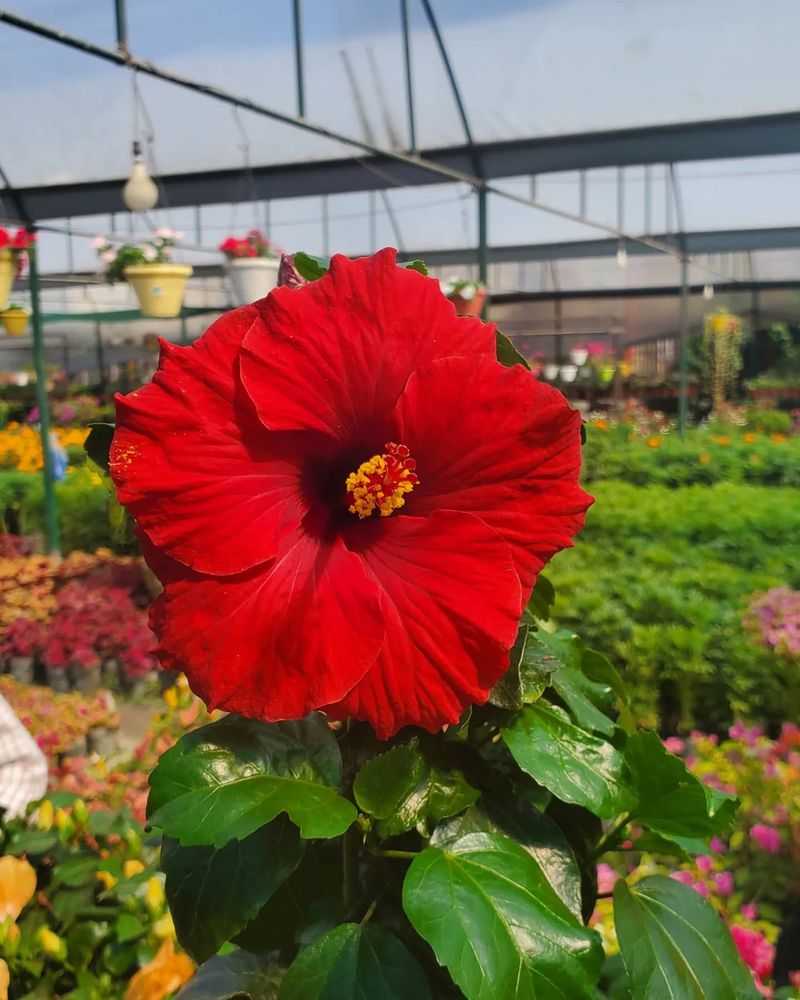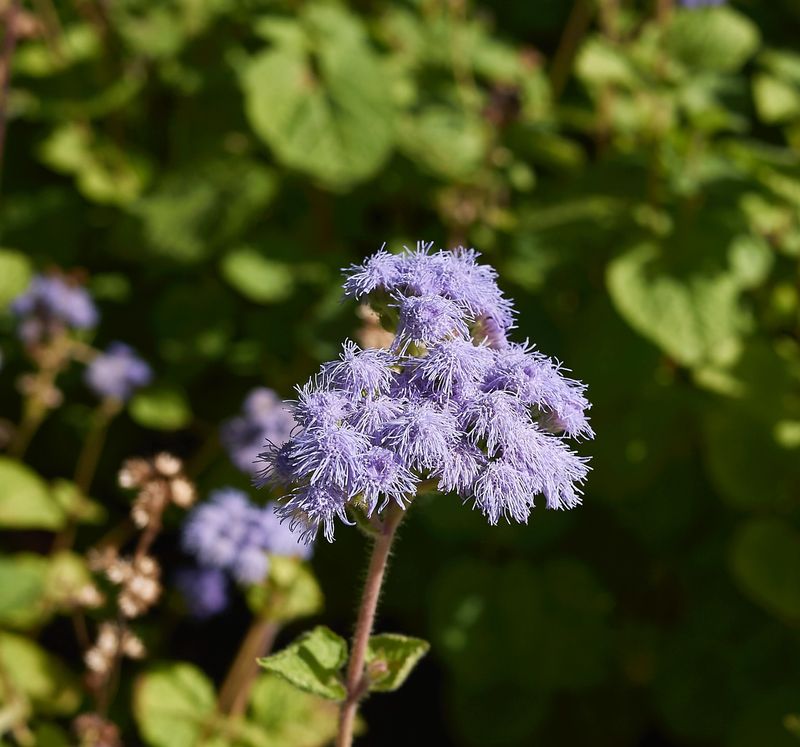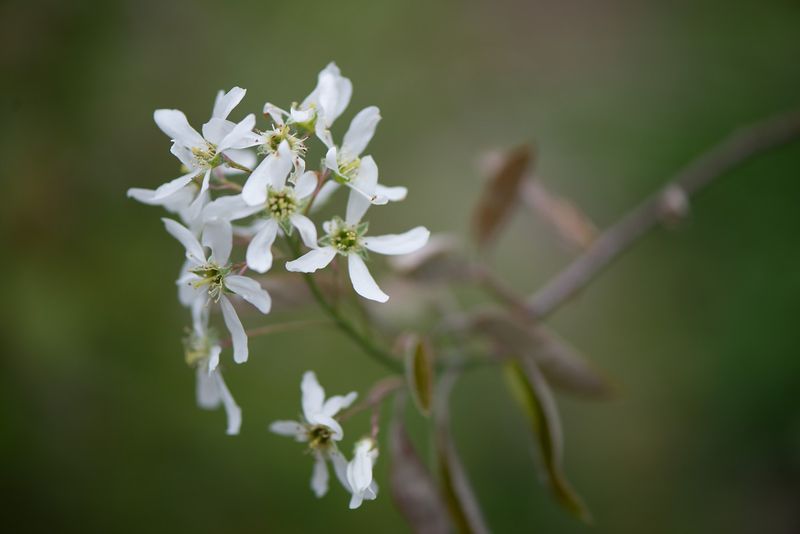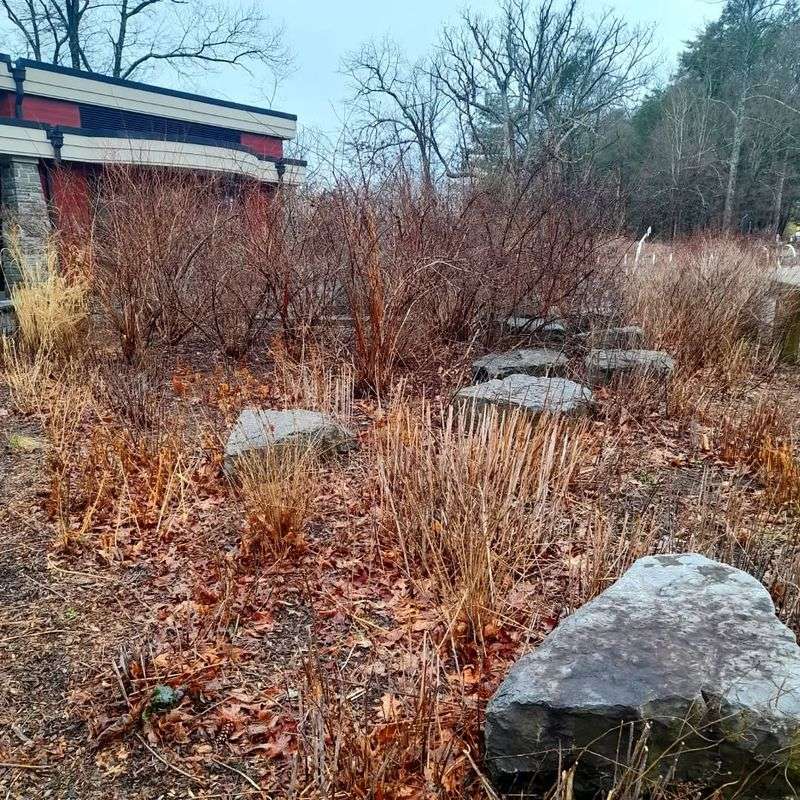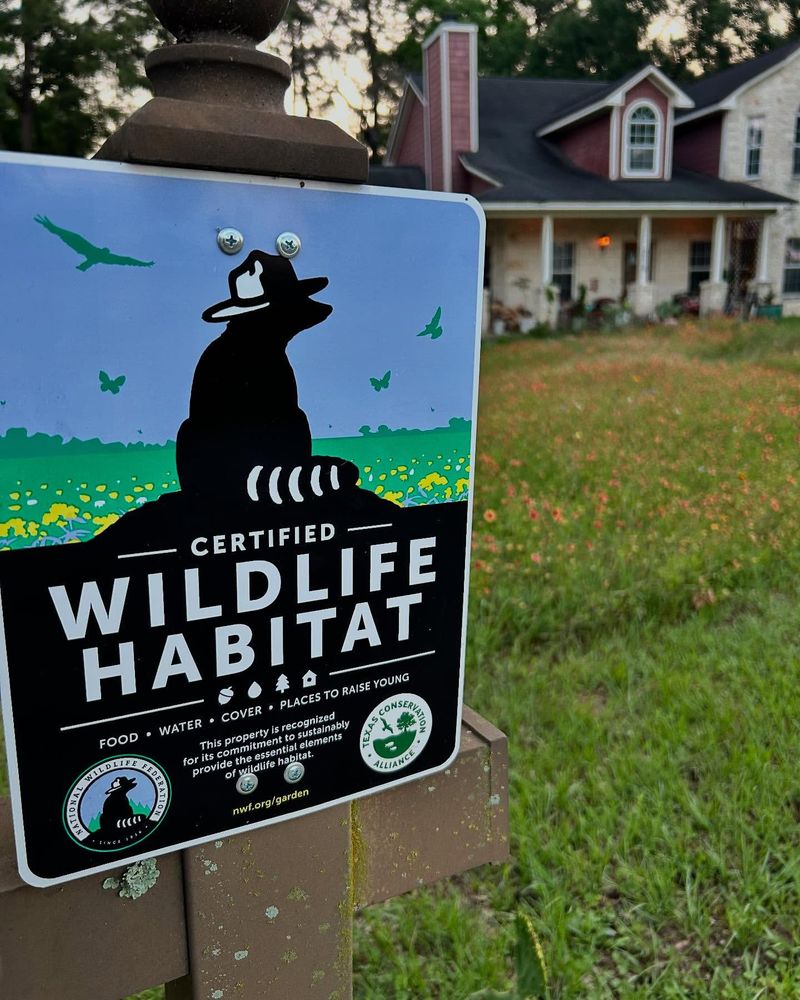Pollinators like bees, butterflies, and hummingbirds are vital for our Pennsylvania gardens and food supply. They’re facing tough times due to habitat loss and pesticides, but your backyard can become their safe haven.
Creating a pollinator paradise isn’t just good for these important creatures—it brings vibrant colors, fascinating wildlife, and better harvests to your garden space.
1. Plant Native Pennsylvania Wildflowers
Native wildflowers are the backbone of any pollinator garden. Pennsylvania beauties like purple coneflower, black-eyed Susan, and mountain mint evolved alongside our local insects, making them perfect food sources.
The deep connection between these plants and our local pollinators means better nectar quality and more successful feeding. Unlike exotic plants, natives require less water and maintenance once established, thriving in our unique climate and soil conditions.
2. Create a Blooming Calendar
Smart gardeners plan for continuous blooming from early spring through late fall. Early bloomers like Virginia bluebells welcome queen bumblebees emerging from winter hibernation, while summer favorites sustain busy colonies.
Fall asters and goldenrod provide critical fuel for migrating monarchs. Map out your garden to ensure something is always flowering, creating an unbroken chain of food sources that keeps pollinators returning season after season.
3. Ditch The Chemicals
Pesticides and herbicides might solve one garden problem but create bigger ones for pollinators. Even products labeled “organic” can harm beneficial insects when used incorrectly.
Instead, embrace natural pest management through companion planting and encouraging beneficial predators. Marigolds naturally repel many garden pests, while ladybugs happily munch on aphids. Your garden will develop its own balance, becoming healthier and more resilient without chemical interventions.
4. Build Insect Hotels
Many native bees don’t live in hives but nest alone in hollow stems or small holes. Creating simple insect hotels gives these solitary bees and beneficial bugs safe places to raise their young.
Bundle hollow stems like bamboo or drill holes of various sizes (3/32 to 3/8 inch) in untreated wood blocks. Mount these homes 3-6 feet high facing southeast for morning sun. You’ll be amazed watching mason bees and leafcutters move in during spring!
5. Add A Shallow Water Source
Pollinators need water too! A shallow dish with pebbles creates perfect drinking spots where bees and butterflies can safely land without drowning. Place flat stones rising above water level as landing pads.
Refresh water daily during summer heat to prevent mosquito breeding. Position your pollinator drinking station near flowering plants but away from bird feeders to avoid conflicts. Morning dew isn’t enough during Pennsylvania’s hot summer days when thirsty pollinators need reliable water sources.
6. Embrace Messy Corners
Perfect gardens aren’t perfect for wildlife! Leave some areas unmulched and slightly wild. Bare soil patches allow ground-nesting bees to build homes, while fallen leaves and untrimmed perennial stems provide winter shelter for butterfly pupae and beneficial insects.
Wait until spring temperatures consistently reach 50°F before cleaning up garden debris. That seemingly dead brush pile might house overwintering queen bumblebees or butterfly chrysalises just waiting for warmer days to emerge.
7. Grow Butterfly Host Plants
Butterflies need more than nectar – they need specific host plants for laying eggs where caterpillars will feed. Monarchs famously require milkweed, but other Pennsylvania natives need their own special plants.
Eastern black swallowtails seek out parsley and dill, while spicebush swallowtails need spicebush or sassafras. Even common violets serve as host plants for fritillary butterflies. Including these crucial nursery plants completes the butterfly lifecycle in your garden.
8. Plant In Clusters
Pollinators appreciate efficiency! Grouping identical flowers in clusters of at least 3-5 plants creates visible landing pads that attract more visitors than scattered single plants. Bees especially prefer working one flower type at a time.
Clusters also create stronger visual signals and concentrated scent profiles that draw pollinators from greater distances. For small gardens, even container groupings work well. The payoff comes when you see multiple bees, butterflies, and hummingbirds visiting your flower masses simultaneously.
9. Select Single-Bloom Varieties
Those fancy double-flowered plants may look impressive to us, but they’re actually pollinator puzzles! Many doubled blooms have extra petals replacing pollen-producing parts, making nectar harder to access.
Single-flowered varieties with open centers expose pollen and nectar, creating pollinator-friendly feeding stations. Compare a simple daisy to a pom-pom dahlia – the daisy’s exposed center makes it far more valuable to hungry bees. When shopping, look for “single-flowered” or “open-pollinated” on plant labels.
10. Create Windbreaks and Shelter
Pollinators struggle in open, windy spaces. Thoughtfully placed shrubs, trellises, or short garden walls create microhabitats where delicate-winged visitors can feed protected from Pennsylvania’s sometimes blustery conditions.
These windbreaks also trap heat, extending foraging hours on cool spring and fall days. Native shrubs like viburnum or serviceberry pull double-duty, offering both shelter and food. Even tall grasses serve as natural resting spots where butterflies can warm their wings on chilly mornings.
11. Add Late-Season Blooms
Fall flowers are pollinator lifesavers! While many gardens fade after summer, autumn-blooming plants provide critical nutrition for migrating monarchs and bumblebee colonies preparing for winter.
New England aster, goldenrod, and Joe-Pye weed offer abundant nectar during September and October when food sources dwindle. Fall-flowering native plants also produce seeds that feed birds through winter. The vibrant purples and golds of these late bloomers add spectacular color as Pennsylvania’s landscape prepares for dormancy.
12. Include Flowering Trees And Shrubs
Woody plants deliver massive flower power! Native trees like redbud and serviceberry provide early spring pollen when few other sources exist. Shrubs like ninebark and buttonbush continue the blooming sequence into summer.
Their substantial size means hundreds or thousands of flowers on a single plant. Flowering trees also create vertical feeding zones, allowing different pollinator species to find their preferred heights. The shade beneath creates cool refuge during Pennsylvania’s hottest summer days when sun-exposed gardens become too warm for some insects.
13. Provide Sunny Basking Spots
Butterflies and many bees are solar-powered creatures! They need warm, sunny spots to raise their body temperature before flying. Flat rocks strategically placed in morning-sun locations become natural heating pads for cold-blooded pollinators.
Position these basking stations near nectar sources for energy-efficient feeding. Dark-colored stones absorb heat best. On chilly Pennsylvania spring mornings, you’ll find butterflies with wings spread wide on these sun-warmed surfaces, preparing for the day’s important pollination work.
14. Leave Stems Standing Through Winter
Those dried flower stalks aren’t just garden decorations—they’re winter wildlife housing! Hollow stems from plants like bee balm, coneflower, and native grasses provide crucial overwintering sites for beneficial insects and their eggs.
Rather than fall cleanup, practice spring pruning after several consecutive 50°F days when insects have emerged. Leave cut stems in brush piles for nesting material. This small change to your garden maintenance schedule dramatically increases pollinator survival through Pennsylvania’s challenging winters.
15. Register Your Garden As Wildlife Habitat
Make your pollinator efforts official! The National Wildlife Federation and Penn State Extension both offer certification programs for pollinator-friendly yards. These programs provide guidance, recognition, and sometimes even yard signs announcing your conservation commitment.
Certification requirements typically include providing food, water, shelter, and raising areas—elements you’re already incorporating. Joining these programs connects you with like-minded gardeners and contributes valuable data to conservation research tracking pollinator-friendly spaces across Pennsylvania.


